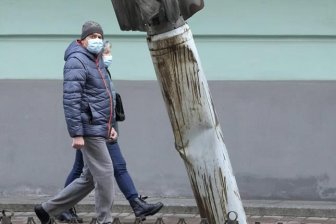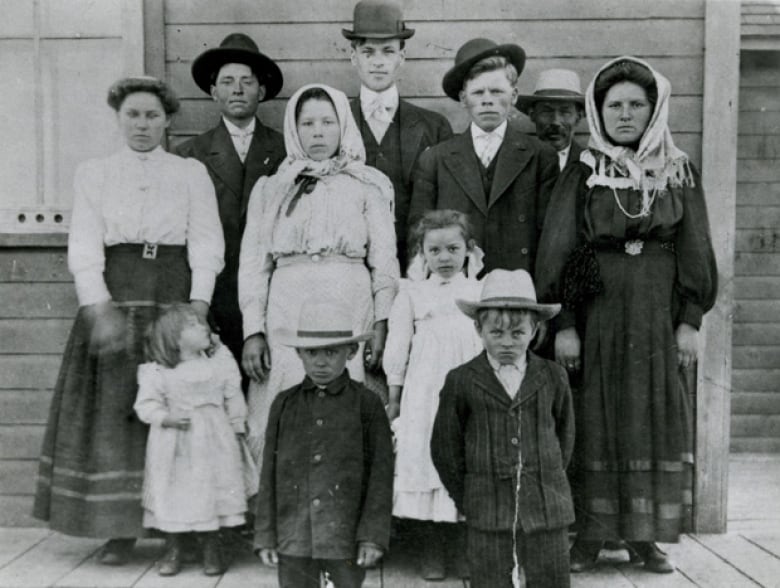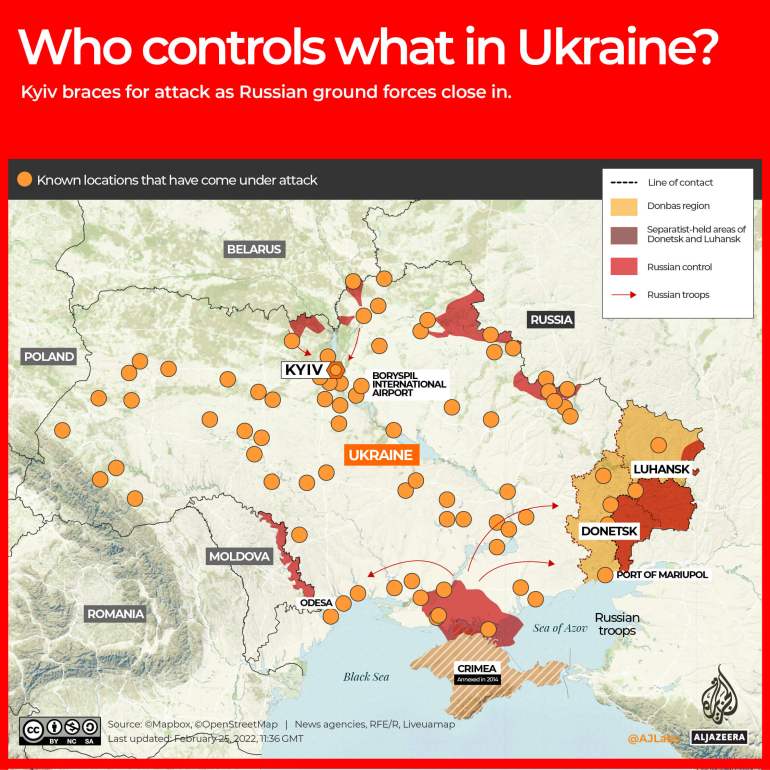Cohesive teams are critical for organizational success, innovation, and fostering a sense of belonging. Yet one of the greatest challenges facing leaders today is creating a culture of inclusiveness, where all members are treated equitably and feel equally valued. In teaching hundreds of executives and students about leading diverse teams, we’ve found that, although most leaders believe they’re acting inclusively, they’re often inadvertently doing the opposite.
Consider Rob,* a vice president at a large, high-growth tech company. Rob aspired to be an ally of people from underrepresented groups, yet his performance hadn’t been matching his intentions. Not only were men in his organization promoted faster than women and people of color, but they reported feeling a greater sense of belonging at work than their underrepresented counterparts. He wondered how to address the gap between his intentions and his results.
To develop behaviors that are truly inclusive, leaders must start by understanding the psychological mechanisms that are holding them back. Then, they can take actions — including using the “mantra” technique — to ensure their behavior has the intended impact. A mantra is a phrase that is repeated silently before entering a challenging context to focus the mind and body on a clear, unambiguous intention.
Why Inclusivity Is Hard
Employees who are underrepresented in the workplace can feel marginalized and disrespected in a number of ways, both subtly and explicitly. They may be ignored, spoken over, and even told they’re not professional enough — even though they’re acting as others are. Black Americans experience verbal or behavioral slights or snubs at a disproportionate rate. And the tendency for women to be ignored, spoken over, and interrupted more than men in mixed-sex groups is well documented.
Although we generally understand and accept the value of diversity, we also have a strong preference for social homogeneity that leads us to align with and pay more attention to similar folks while distancing ourselves from those who are dissimilar. We smile more at similar others, nod and affirm their verbal contributions more, and move physically closer to them. The result? Although we don’t want to exclude or discriminate against others who are different or who lack social status, we often do.
In working with Rob, we discovered that his behavior in meetings made some participants feel unwelcome. His abrupt style, which was an expression of his desire to keep the team focused and prevent tensions among teammates from erupting, left some members feeling nervous around him. Those who couldn’t match his intense energy appeared hesitant to speak up, ceding the airtime to the dominant few. He shared that one analyst, Laila,* who was a woman of color on his team, seemed to check out when conversations became competitive and “froze” in key meetings when called upon. He knew he was failing at meeting his inclusivity goals, but wasn’t sure what to do differently. It led him to feel anxious around Laila in particular, to avoid eye contact with her, and to focus more on those who affirmed his style.
Of course, Rob didn’t set out to make people feel uneasy. Research in psychology shows that many forms of exclusionary behavior are inadvertent and often even unconscious. For example, studies show that our bodies reveal biases we might not know we have by sending covert signals of fear, mistrust, or dislike that can actually be contagious. When negative thoughts and fears crop up, they prepare our bodies to avoid whatever is causing them. This can happen when the thoughts and feelings associated with negative stereotypes of an “out-group” member automatically come to mind. Alternatively, it can be driven by social anxiety or self-conscious worry about doing or saying the wrong thing in the presence of someone we don’t want to offend.
The speed at which we turn our attention away from others, for example, can signal bias and create an atmosphere of exclusion, as can smiling and nodding at some speakers but not others. With these subtle microaggressions, even well-intentioned managers or allies can end up appearing disinterested and mistrustful, inadvertently making it acceptable for others to do the same.
Given that this disconnect between our thoughts and behaviors often reveals itself without our awareness and despite our best intentions, it’s hard to know what to do about it, as was the case with Rob. A common reaction is to try to self-regulate: “Don’t offend anyone!” we might tell ourselves, or “Don’t show discomfort.” But research on ironic processing clearly shows that this isn’t the answer, because when we tell ourselves not to perform a specific action, our brains instead produce it. In other words, if we tell you not to think of a white elephant, what’s the first thing that comes to mind? Thus, focusing on negative associations can lead to distancing behaviors.
Mantra: A Tool to Boost Inclusive Performance
Following that logic, what’s more likely to help in diverse contexts is learning to consciously refocus on positive thoughts and feelings toward dissimilar others before interacting with them. We’ve taught mantra — a technique used by actors and other performance artists to focus their intentions toward others — to hundreds of students and leaders for this purpose.
When instructed to concentrate on positive, pro-social thoughts and feelings toward another person before interacting with them, our students find the effects to be transformative. Like a silent meditation, a well-crafted mantra that calls to mind the generous intentions underlying our fears can reduce ambivalence and drown out defensive thoughts and feelings that often lead to seeking distance. Repeating a strong, simple mantra like “I’m glad you’re here,” “We’re all in this together,” or “I love this team” silently to ourselves can produce the kinds of inclusive, affirming, nonverbal behaviors we aim for.
Our students and executives have described the mantra technique as a “super-hack.” It helps with presence, warmth, and social connection by activating affirming behaviors toward others, even when our feelings about them are complicated. Mantra does the work and your body goes along for the ride.
Mantra is not a “self-talk” approach (e.g., “I am excited”), nor is it a fake it till you make it technique. A defining feature of a mantra is that it’s an expression of true thoughts and feelings that might not be accessible naturally. The legendary 19th century theater director Konstantin Stanislavski devised similar techniques as a way for actors to get explicit about subtext — what was really going on between characters — and to channel their authentic emotions into the portrayal of a fictional character to make the action truthful. To engage with this process, Stanislavski asked his students: “Haven’t you noticed, whether in real life or on stage, during mutual communication, sensations of strong-willed currents emanating from you, streaming through your eyes, through your fingertips, through the pores of your body?” Mantra focuses or channels these “strong-willed currents” or impulses, even those that are dormant beneath the surface, to forge a clear, unambiguous connection between the actor’s behavior and intentions.
Crafting an Inclusive Mantra
Leveraging Stanislavski’s technique, we teach mantra as a tool to help leaders behave in a way that’s consistent with their values. To harness the power of mantra in creating inclusive spaces, follow these simple steps:
Clarify your intention.
When approaching a specific interaction or meeting in which you want to act inclusively, consider the possibility that your naturally occurring thoughts and feelings might not be aligned with that goal. Take a moment to think about how you would like others to feel and act in your presence instead of worrying about yourself or problems outside of the room.
Craft your mantra.
Come up with a specific phrase aligned with your intention. To be maximally effective, an inclusive mantra phrase should be:
- Pure, expressing a simple, potent truth. An inclusive mantra should be an expression of unconditional support that is distilled to its essence (e.g., “I’ve got your back”), not vague or abstract (e.g., “I value inclusiveness”). It should express strong, unequivocal positive intentions.
- Social, directed at someone other than yourself. An inclusive mantra should address others’ insecurities, not your own. It should be an expression of interest, camaraderie, and the desire to connect. This is different from self-talk affirmations (e.g., “I’ve got this”), which focus on you.
- Authentic, that is, genuine. To be effective, an inclusive mantra should express a hidden truth, without a hint of cynicism. If you try a mantra that doesn’t feel earnest, try again. Even if your true feelings are ambivalent, use the mantra to help you focus your attention on a generous sentiment that you can get behind. “I’m so happy to see you” might be overstating things if you’re anxious, angry, or overwhelmed. But “I’m glad you’re here today” might work.
To use mantra, first take a few moments to concentrate on the context you’re entering. Then choose a mantra and repeat the statement over and over to yourself in your mind. Here are a few inclusive mantras to try:
- You belong here.
- Your contributions are valued here.
- Tell me what I don’t understand.
- We’re in this together.
Mantra in Action
In class, Rob decided to practice the mantra technique to improve his support of Laila. He wanted to create an inclusive climate so that she would want to share her input and participate in critical conversations — and would be treated as a valued contributor.
In a coaching session with one of us role-playing Laila, Rob tried a few mantras, using a short script he wrote. First, before delivering his opening line (“Hi, thanks for being here today”), he tried repeating the mantra, “I need to hear from you” silently to himself. The impact was a little scary: His voice got louder, and he stared us down, which made us want to clam up. His friendly opener came off instead as aggressive. We advised Rob that, while his mantra was true, it was an expression of his desire to be in control, when what Laila probably needed was to feel welcome and like he was on her side. He tried, “Don’t worry,” which was confusing — it felt like a platitude, and his intentions toward us were still unclear.
After some experiments, Rob realized that he came across as impatient and patronizing because his attention was anchored in his fear of failing as a leader. To get Laila’s respect, he realized, “she also needed mine.” He spent some time talking through all of the things he admired about her, and then tried “I respect your expertise.” His demeanor transformed. Rob instinctively relaxed, brought his hands together, and leaned toward us. He paused before speaking. He appeared friendly and interested. We found ourselves opening up.
Back at work, he tried it. Before starting a weekly check-in meeting, he thought about Laila briefly, then silently repeated, “I respect your expertise.” When she entered the room, he repeated his mantra again in his head, greeted her, and they had a warm conversation. When the meeting started, he found that Laila kept talking easily with him, as though their initial conversation was continuing. He found he spoke less than usual and she spoke more. Rob was surprised to find that for perhaps the first time, he really heard what Laila said. It was the beginning of a transformation. As long as he stayed mentally focused on and open to the others in the room, he found, they were more open with him and with one another.
As Rob discovered, aligning our aims with our actions often requires strategic thinking. Mantra is a powerful tool to help leaders overcome the social and psychological mechanisms that can cause them to distance themselves from employees who are dissimilar to them and engage in truly inclusive behavior.
* Real names have been changed.
Adblock test (Why?)
Using a Mantra to Be a More Inclusive Leader - Harvard Business Review
Read More












 [Al Jazeera]
[Al Jazeera]






